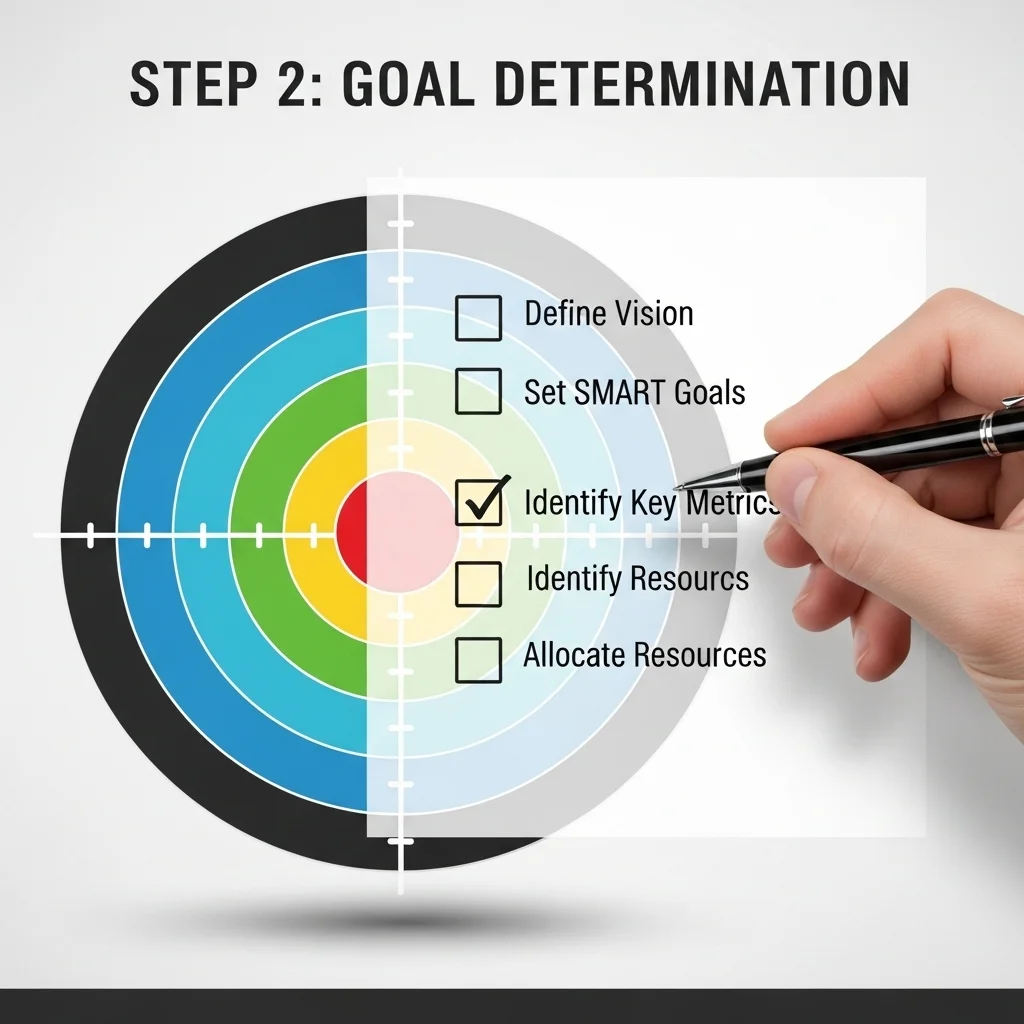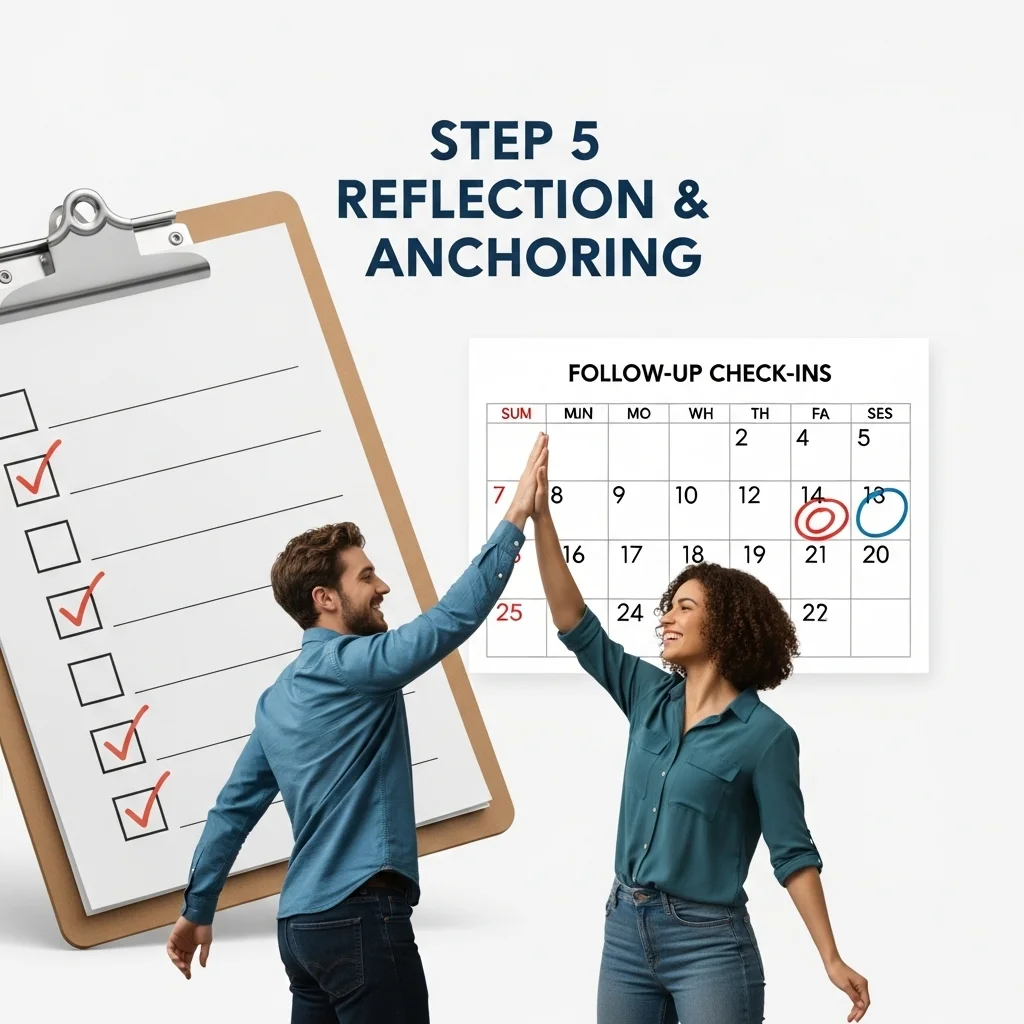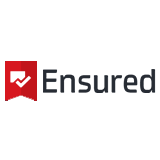Why start now
Every quarter you wait, opportunities and momentum disappear
Automate
Team processes run more smoothly when repetitive bumps disappear. Think clear role agreements, a shared ritual for celebrating wins and fixed feedback moments that do not feel like a box-ticking exercise.
Integrate
Team-building pulls the different disciplines towards each other. Marketing genuinely starts listening to development and vice versa, so that silos dissolve into a flow of knowledge-sharing moments and spontaneous brainstorms.
Innovate
When psychological safety rises, people dare to drop crazy ideas. That spark often ignites new propositions or more efficient processes.
Anchor
A one-off activity is fun, but without follow-up the effect evaporates. Plan mini-interventions after week two, six and twelve to cement what has been learned.
Take your team out for a spin..
What does team-building deliver?

Team-building reduces underlying tension, speeds up decision-making and increases ownership.
What about the ROI?
Research by Gallup and TNO consistently shows lower turnover and higher customer satisfaction in teams where trust and connectedness are in order.
And what about the pitfalls?
Overly cliché activities, too little aftercare or a top-down obligation. Repetition without reflection can even backfire.
Less absenteeism, faster recovery
Faster innovation cycles
More job satisfaction, less noise
Better customer contact thanks to internal trust
Roadmap to a close-knit team.
A step-by-step approach to forge individual professionals into a connected, results-driven team.

Step 1: Diagnosis.
Observe behavioural patterns, listen to informal conversations at the coffee machine and collect data from pulse surveys. In practice we often see that teams assess themselves very differently from the way the outside world does.

Step 2: Set the goal.
Define precisely what 'success' means. Do you want to improve conflict skills, break down silos or bring fun back into work? Each focus requires a different working method and tempo.

Step 3: Design the activity.
Choose something that fits the culture. A competitive sales crew will thrive on an outdoor challenge, whereas an R&D team will get excited about an innovation-themed escape room. And by the way, dare to mix the two styles to create surprises.

Step 4: Facilitate.
Provide an experienced facilitator who can read the energy and intervene when tension rises. Nothing is more damaging than a simmering misunderstanding that goes unnoticed.

Step 5: Reflection and anchoring.
Close with a debrief. Record which agreements the team takes forward and schedule two short check-ins straight away. Better still, have each participant appoint a buddy to prevent relapse.
A critical look at the hype

Not every rope is a solution
Team-building has become a buzzword in recent years, let’s be honest. Companies are booking tree-house overnights or VR games en masse in the belief that having fun equals collaboration. As I mentioned earlier, without clear learning objectives it is mostly entertainment. The risk is that participants experience it as 'mandatory fun', a compulsory event where your smile feels forced. In practice that results in cynical jokes on Monday and a drop in engagement.
That is why we advocate a thorough intake in which we talk to both managers and operational colleagues. Only then do you uncover the real pain points: unclear roles, hidden micro-conflicts or a lack of celebrating successes. Only after that do you choose the form: from LEGO® Serious Play to a spicy debate contest.
Measurable results
Use the same set of KPIs before and after: psychological safety, task clarity and shared vision. An improvement of 10% on two out of the three indicators is usually achievable.
Practical tips you can apply tomorrow

Small interventions, big impact
Start the day with a round of 'What do you need?' instead of the classic status update. The question creates empathy and concrete offers of help.
Another low-threshold ritual is the 'Two-minute applause': everyone rapidly mentions a mini-success of a colleague. It sounds simple but gives a remarkable energy boost.
Add a ten-minute mini-retro every other week in which the team stops one thing, starts one thing and continues one thing. Precisely because of the short attention span it stays fresh.
Tools and formats
Choose a shared whiteboard tool where team members can drop ideas spontaneously, even outside meetings. It encourages asynchronous collaboration and captures introverted thinkers.
Looking ahead: hybrid teams and virtual bonding

Boundaries are fading, connection must follow
Remote work is here to stay. At the same time distance increases the chance of miscommunication and isolation. A virtual team-building cycle therefore requires more than a digital drinks box.
Think interactive workshops in which people jointly solve a fictitious client case while everyone is at home. Break-out rooms in video calls imitate the informal hallway chats you miss in the office.
We notice that momentum drops even faster than with physical gatherings, so keep the pace high and the sessions shorter.
Technology as a friend
VR spaces where avatars manipulate prototypes together are no longer science fiction. These kinds of immersive environments create shared memories—the lubricant for long-term collaboration.


Ready for real chemistry?
Leave your details and we will schedule a no-strings session in which we dissect your team dynamics, uncover opportunities and sketch a suitable team-building concept. No sales pitch, just sharp insights you can act on immediately.
Why doesn’t a simple after-work drink count as team-building? 🙂
An after-work drink encourages sociability but lacks goal-oriented reflection and structured collaboration exercises. Without those elements the impact remains superficial and dissipates after the weekend.
How often should you organise team-building? 🤔
Ideally schedule one larger intervention per year and several micro-moments each month. This builds momentum and keeps behaviour change alive.
Is team-building suitable for remote-only teams? 💻
Absolutely. Virtual escape rooms, joint design games and short peer-coaching sessions prove surprisingly effective. The key is tight facilitation and quick technical check-ins.
What does an average session cost? 💶
We do not give blanket figures, simply because every organisation has a different question and context. We prefer to focus on value rather than rates.
How do you measure success without complex surveys? 📊
Observe meeting time, decision lead time and spontaneous cross-pollination between departments. A short feedback form with three statements is often enough to spot trends.
Can team-building fail as well? 😬
Yes. Vague goals, a one-size-fits-all approach or an unsafe atmosphere sabotage the impact. Choose an approach that matches both culture and ambitions.
Does team-building help solve conflicts? 💥
It can remove the fuse from the powder keg because people learn to see each other’s perspective. For deep personal conflicts additional mediation may be necessary.
Must management always take part? 🧑💼
Absolutely. When leaders stay away a them-and-us feeling arises. Active participation shows that connectedness is a business theme, not an HR toy.










.webp)
